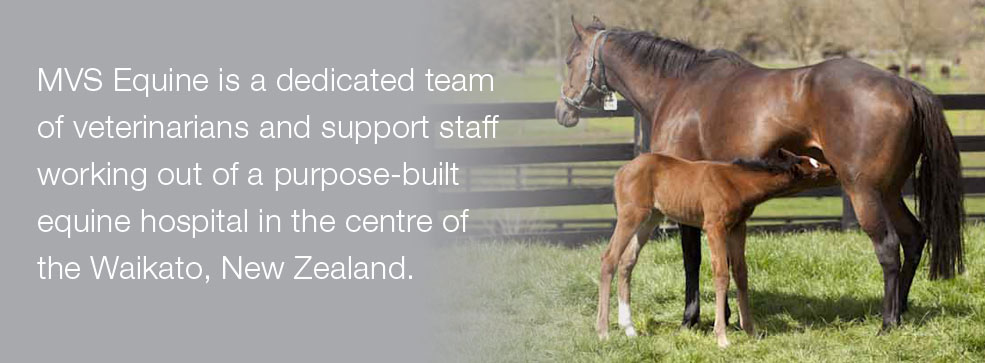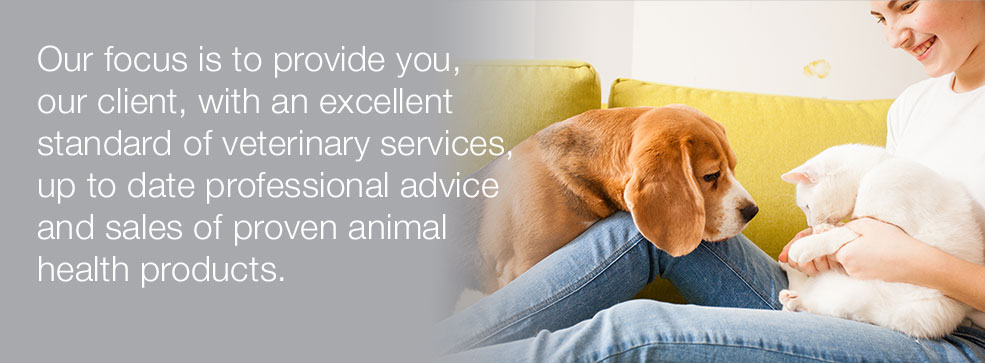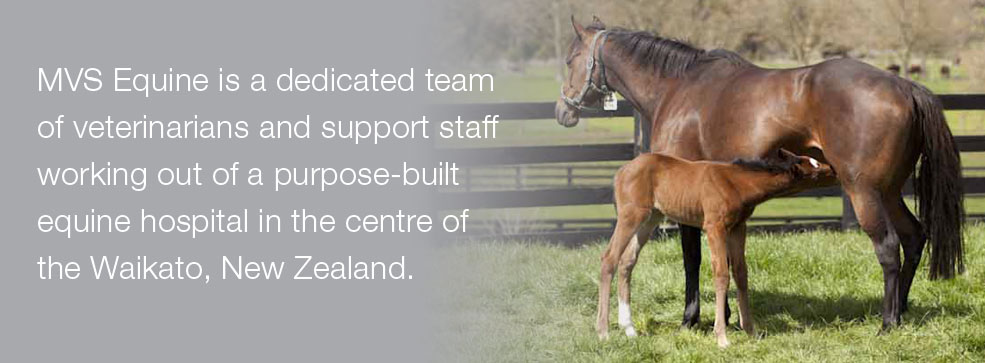Rhodococcus in Foals
Rhodococcus in Foals
September 6, 2015
THE DISEASE
WHAT IS RATTLES?
Rhodococcus equi is a bacteria commonly found in the soil on most horse farms. Infection with this bacteria can lead to severe respiratory disease that can be fatal in some cases. The disease is very common in Australia, where it thrives in warm, dry environments. The disease is becoming common in New Zealand too, especially with the increase in trans-Tasman transport of horses. Affected animals usually present with pneumonia, and the most common clinical sign being a dry hacking cough with or without a purulent nasal discharge. Infections in other regions of the body, including the gastrointestinal tract (diarrhoea) and joints (joint ill) may also be seen.
TREATMENT
Treatment of rattles involves high doses of specific antibiotics for 3-12 weeks, depending on the degree of infection. Additionally, other therapies including nursing care, nutrition, hydration and any supplementary therapies must be taken into consideration. This can be very costly, the earlier treatment is initiated, the better the prognosis.
DISEASE PROGRESSION AND CLINICAL SIGNS
This disease is insidious in nature – meaning that clinical signs do not become apparent until the underlying pathology (disease) is severe, by which point it is much more difficult to treat.
Clinical signs include: High temperature, increased respiratory rate, coughing, lethargy, weight loss and signs of infection in other body regions (e.g. joint ill)
PREVENTION
1. Hyperimmune Plasma: intravenous infusion before 24 hours of age and again at 30 days
There is currently no vaccine available to prevent Rhodococcus infection. The disease is best prevented by effective management procedures such as minimising the time spent by foals in dusty yards and removal of dung from yards and paddocks.
One of the most effective methods for the prevention of Rhodococcus is the transfusion of foals with plasma from horses that have had high exposure to the disease. This plasma is called “hyper-immune” plasma and comes from Australia. Foals need to receive two doses of plasma, the first within 2 days of birth (ideally at 24 hours), and the second at 4 weeks of age. This procedure provides the foal with antibodies against Rhodococcus and thereby minimises the chance of infection and in studies has been shown to significantly reduce the incidence and severity of clinical disease1.
2. thoracic (chest) Ultrasound Screening: Monthly from 2 months of age until 2 months post weaning
Chest scanning on a monthly schedule identifies abscesses that are not yet clinical, as these are typically the first sign of infection. This allows treatment to begin as soon as possible and significantly improves the prognosis for the individual2.
In our experience, the combined approach of plasma transfusion and routine chest screening dramatically reduces the number of cases we see on stud farms.




